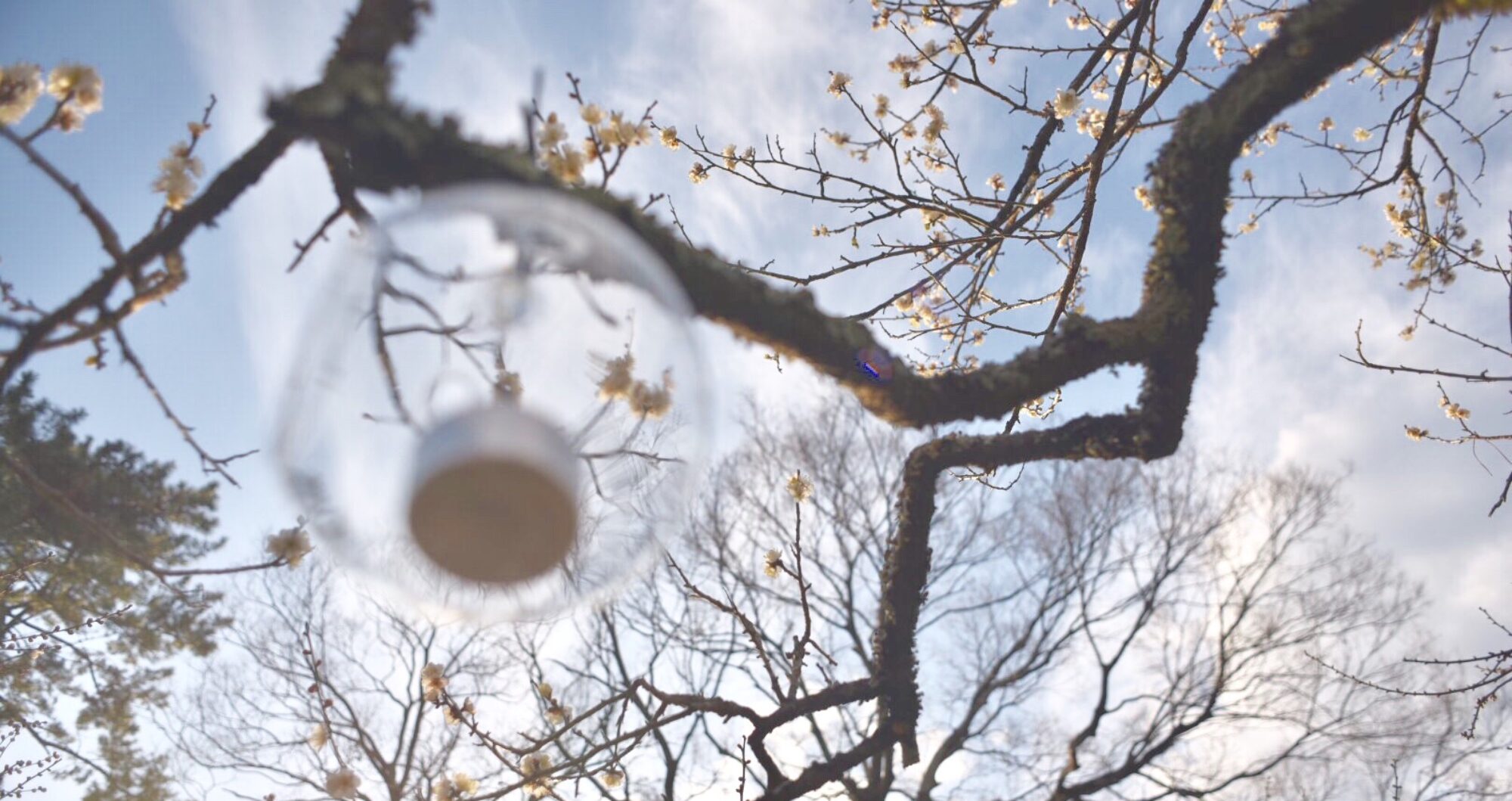A team, including an astronomer from the University of Hawaiʻi Institute for Astronomy (IfA), have confirmed a planetoid that is almost four times farther from the Sun than Pluto, making it the most distant object ever observed in our solar system. The planetoid, nicknamed “Farfarout,” was first detected in 2018, and the team has now collected enough observations to pin down the orbit. The Minor Planet Center has now given it the official designation of 2018 AG37.
www.hawaii.edu/news/2021/02/10/most-distant-planetoid-confirmed
Watch NASA’s Perseverance Rover Land | Video from Mars! – YouTube
住友林業、京都大学と宇宙木材プロジェクトをスタート 2023年に世界初の木造人工衛星打ち上げへ /ニュースリリース | 住友林業
国立大学法人京都大学(総長:湊 長博/以下、京都大学)と住友林業株式会社(社長:光吉 敏郎/以下、住友林業)は、「宇宙における樹木育成・木材利用に関する基礎的研究」に共同であたる研究契約を締結し、『宇宙木材プロジェクト(通称:LignoStella Project※1)』をスタートしました。2023年に木造人工衛星 (LignoSat※2)を打ち上げ、2024年3月31日まで宇宙環境下での木材物性評価や樹木育成研究を行います。
sfc.jp/information/news/2020/2020-12-23.html
NASA Moves Forward with Campaign to Return Mars Samples to Earth | NASA
NASA and ESA (European Space Agency) are moving to the next phase in a campaign to deepen understanding of whether life ever existed on Mars and, in turn, better understand the origins of life on Earth.
NASA has approved the Mars Sample Return (MSR) multi-mission effort to advance to Phase A, preparing to bring the first pristine samples from Mars back to Earth. During this phase, the program will mature critical technologies and make critical design decisions, as well as assess industry partnerships.
The first endeavor of this campaign is in progress. NASA’s Mars 2020 Perseverance rover launched in July and is set to land on the Red Planet Feb. 18, 2021. The car-size rover will search for signs of ancient microbial life. Using a coring drill at the end of its robotic arm, Perseverance has the capability to gather samples of Martian rock and regolith (broken rock and dust), and hermetically seal them in collection tubes. Perseverance can deposit these samples at designated locations on the Martian surface or store them internally.
www.nasa.gov/press-release/nasa-moves-forward-with-campaign-to-return-mars-samples-to-earth
NASA’s Perseverance Rover Sends Sneak Peek of Mars Landing | NASA
This high-resolution still image is part of a video taken by several cameras as NASA’s Perseverance rover touched down on Mars on Feb. 18, 2021. A camera aboard the descent stage captured this shot. A key objective for Perseverance’s mission on Mars is astrobiology, including the search for signs of ancient microbial life. The rover will characterize the planet’s geology and past climate, pave the way for human exploration of the Red Planet, and be the first mission to collect and cache Martian rock and regolith (broken rock and dust). Subsequent NASA missions, in cooperation with ESA (the European Space Agency), would send spacecraft to Mars to collect these cached samples from the surface and return them to Earth for in-depth analysis. The Mars 2020 mission is part of a larger program that includes missions to the Moon as a way to prepare for human exploration of the Red Planet. JPL, which is managed for NASA by Caltech in Pasadena, California, built and manages operations of the Perseverance and Curiosity rovers. Credits: NASA/JPL-Caltech
www.nasa.gov/press-release/nasa-s-perseverance-rover-sends-sneak-peek-of-mars-landing
Live From The Field
‘Perseverance’s First Full-Color Look at Mars’ image from the #NASA_App www.nasa.gov/image-feature/jpl/perseverance-s-first-full-color-look-at-mars

2:15 p.m.—NASA will provide multiple feeds of live landing coverage of the Perseverance Mars Rover, leading up to the rover’s landing at approximately 3:55 p.m. EST.
Astronomy www.nasa.gov/live
FEBRUARY
Feb. 18, Thursday 12:30 p.m.—Perseverance Mars Rover landing day livestream for all students 2:15 p.m.—NASA will provide multiple feeds of live landing coverage of the Perseverance Mars Rover, leading up to the rover’s landing at approximately 3:55 p.m. EST.
NASA TV coverage, with mission commentary, will be available on this page A “clean” feed of views inside mission control and mission audio only, will be available on NASA TV’s media channel and the JPLraw YouTube Channel A 360-degree view inside mission control will be available on JPL’s YouTube channel
理学部の澤田涼研究員と諏訪雄大准教授が超新星内部の元素合成問題についての論文を出版
www.kyoto-su.ac.jp/news/2021_sc/20210210_150_publishing.html
近年のスーパーコンピューターによるシミュレーション計算では、超新星爆発は従来の理解よりもゆっくりとした爆発をすることが示唆されています。しかし最近、これらのゆっくりとした爆発では、超新星の内部で生成される56Ni の観測量を説明できないことが指摘されてきました(ニッケル生成量問題)。 (略) 超新星爆発後、中心に残される原始中性子星の表面からニュートリノ駆動風と呼ばれる質量放出が長時間続きます。このニュートリノ駆動風は、「ニッケル生成量問題」の解決策の1つとして多くの研究で注目されていました。 (略) 澤田研究員と諏訪准教授は、「ニッケル生成量問題」の解決策の検証のため、複雑な式に物理的、数学的に適切な近似を施すことで、中性子星への降着とそれに伴うニュートリノ駆動風を記述する物理的モデルの作成に成功しました。そして本論文のモデルに基づいた結論として、ニュートリノ駆動風でニッケル生成量問題を解決することは難しいことを示しました。
スーパーコンピュータで時間を戻して探る宇宙の始まり | CfCA – Center for Computational Astrophysics
www.cfca.nao.ac.jp/pr/20210216
白崎正人 助教(国立天文台・統計数理研究所),杉山尚徳 特任助教(国立天文台),高橋龍一 准教授(弘前大学),Francisco-Shu Kitaura 教授 (スペイン ラ・ラグーナ大学)から成る研究チームは,大規模構造の銀河分布の時間を戻すことによって宇宙初期の状態に近づける「再構築法」に着目し,国立天文台のスーパーコンピュータ「アテルイⅡ」を用いた数値シミュレーションによって,その効果を初めて詳細に検証しました.その結果,従来行われてきた方法によるインフレーション理論の検証と同等の検証を,従来の約10分の1の数の銀河で実施できることが明らかになりました.これは,実際の大規模構造の観測データをもとにインフレーション理論の検証を行う際,観測時間を約10分の1にすることができる「時短テクニック」といえます.再構築法を将来の観測計画によって得られる銀河ビッグデータに応用し,効率的に解析を行うことで,宇宙開闢の謎に迫ることが期待されます.(2021年2月16日 プレスリリース)
NASA Awards Contract to Launch Initial Elements for Lunar Outpost
nasa.gov/press-release/nasa-awards-contract-to-launch-initial-elements-for-lunar-outpost via #NASA_APP
NASA has selected Space Exploration Technologies (SpaceX) of Hawthorne, California, to provide launch services for the agency’s Power and Propulsion Element (PPE) and Habitation and Logistics Outpost (HALO), the foundational elements of the Gateway. As the first long-term orbiting outpost around the Moon, the Gateway is critical to supporting sustainable astronauts missions under the agency’s Artemis program.

